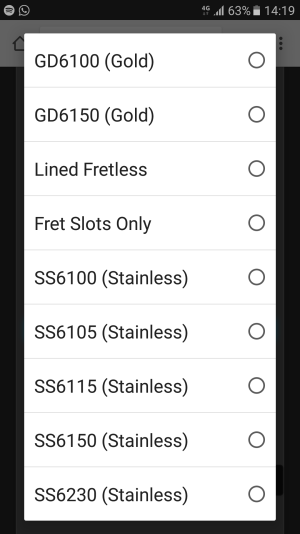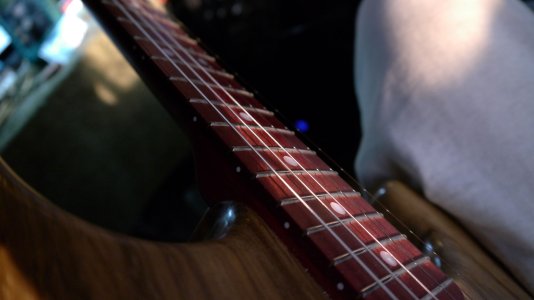In my experience, you can do anything with any frets, but some things are more difficult with shorter frets, keeping in mind that "difficult" is a relative term. Players with a lot of time in grade can often do pretty much whatever they want with whatever's at hand. It's just easier with taller frets.
For example, you can "hammer" or "tap" any size frets, although hammering benefits from slightly higher action, while tapping is less demanding. It's a velocity thing. It's also more difficult to "pull" notes on shorter frets. You just can't get as much grip on the string with your fretting finger to where you can give the string a yank and let go of it to sound it so it plays a bit weak. All of these "weakness" effects can be overcome with the judicious application of (electronic signal) compression, but that's an artificial fix. A solid mechanical fix is taller frets and proper technique.
It's also more difficult to hang on to the strings with lower frets for bends or vibrato. Less finger meat on the string and more friction between the fingertip and the fretboard, so you might lose the string during a bend or not be able to push as far or as fast as you'd like.
All in all, taller frets are just easier to play. Width doesn't really matter, unless you're playing so much and on nickel-silver fretwire that you need the excess metal so they can be redressed multiple times before replacement. Here, stainless or EVO wire is the fix. Plus, those alloys are much harder so they not only wear a lot longer between dressings, they're very slick and easy to play. Bends and vibrato will feel as though you've gone down a gauge set in string size. Note: SS frets don't affect "tone" - that's a myth propagated by people who've either never played stainless frets or whose only experience with them was on some exotic guitar that sounded unusual for other reasons like composite fretboards, graphite necks, brass hardware, active pickups, etc.
The only downside to taller frets, if you can call it that, is that you may have to lighten up bit on your playing style. If you have a tendency to manhandle the neck, you'll frequently but intermittently find yourself out of tune. Even if you're not particularly aggressive, some fingers are just inherently stronger than others, and will press down harder. With a tall fret, this means you're going to sharp the note. Actually, it happens with all frets, it's just more noticeable on tall ones as you sharp them more than usual. But, that's easier to train out of yourself than you might think. Nobody wants to bust their ass developing titanium callouses so they can get notes and chords to sound clearly, so over time as your ears and fingertips tell you that you don't need to work so hard, you just naturally stop doing it. Another happy side effect is as you relax and get more accurate, your playing speed will improve.
So, get yourself some stainless or EVO (gold) 6100s. You'll be glad you did.






